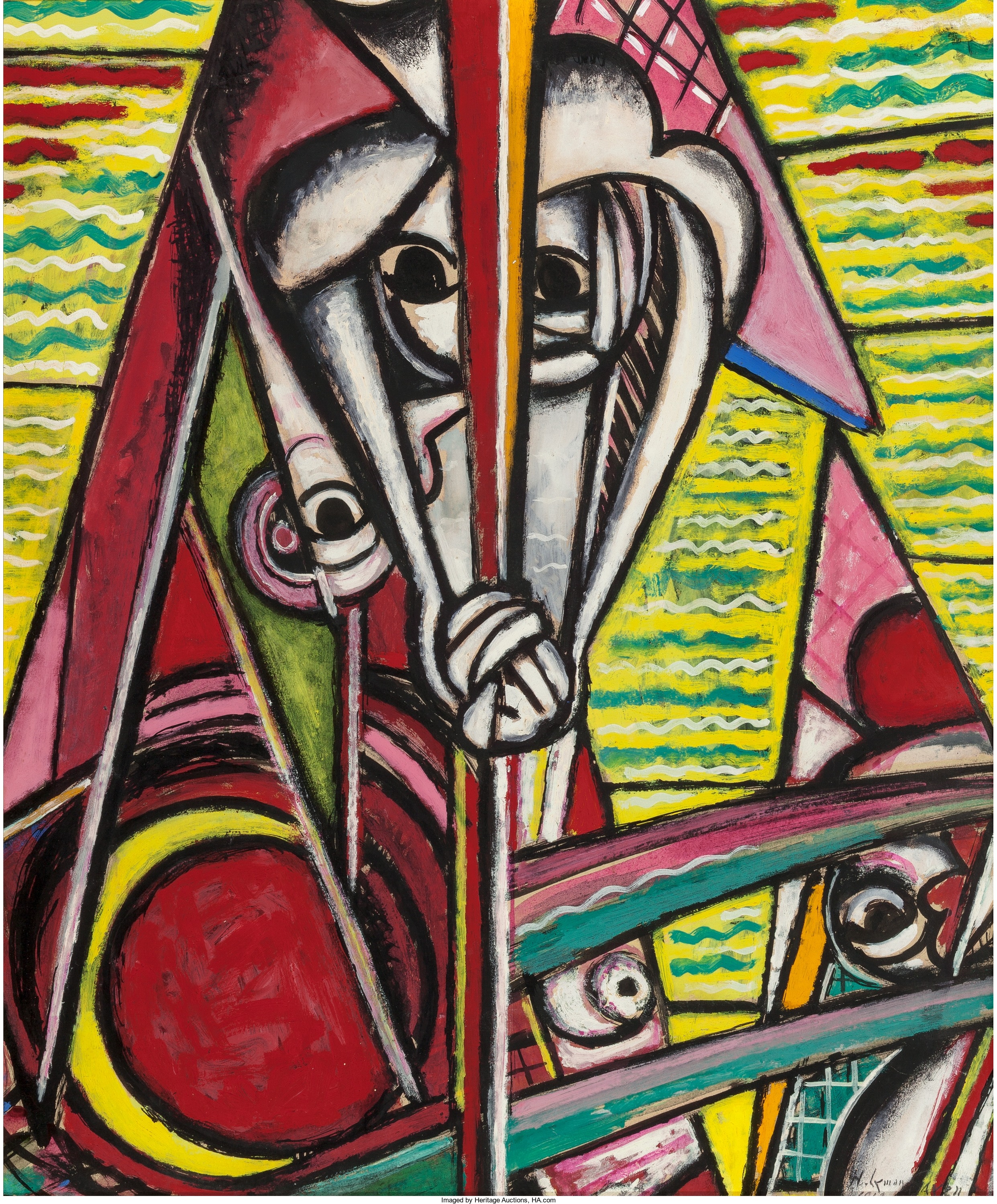
By Jim O’Neal
In 1913, the International Exhibition of Modern Art was the first large exhibition of its kind in America. It was held at the 69th Regiment Armory in NYC, before moving on to Chicago and Boston. More than 70,000 people walked the length of the Armory to witness the visions of Picasso, Matisse and Duchamp. Judging by press reports, not a single person appears to have left without voicing an opinion, most likely a negative one.
Who, they asked, could call such rubbish art?
Americans, generally accustomed to realistic art, were astonished by the experimental styles of Fauvism, Cubism and Futurism – the avant-garde experimental styles of Europe. Many in the New York crowd would have nothing to do with it and in Boston and Chicago, art students burned Matisse and others in effigy.
Kenyon Cox, a prominent author, illustrator and teacher, saw in the show nothing less than the “total destruction of the art of painting.” The star image of the exhibition was Duchamp’s “Nude Descending a Staircase,” or as Teddy Roosevelt called it, “Naked Man Running Down Stairs.” TR added it reminded him of a Navajo rug he stood on each morning while shaving. Still, other people saw something else entirely … “An Explosion in a Shingle Factory” or “An Earthquake on the Subway.”
As New Yorkers were scoffing at modern painting, a more contemporary and pleasing project was nearing completion 2,300 miles south of Manhattan. The dream of uniting the Pacific and Atlantic oceans dated back to the Spanish explorations in the 16th century.
It seemed like such a simple task to dig a canal bisecting the thin strip of land connecting North and South America. Americans wanted a connecting waterway all their own, a way to move freight and passengers coast to coast with ease.
A French company had tried and failed miserably in the 1880s, as malaria and yellow fever crippled their plans. 20,000 laborers had died and it destroyed the reputation of Ferdinand de Lesseps, the builder of the Suez Canal. His insistence on a sea-level canal (à la the Suez) neglected equatorial rains, half-submerged trees and, most significantly, the extraordinary amounts of terrain involved.
For perspective, the site required the excavation of three times the dirt removed to create the Suez, an unprecedented reconfiguration of the earth itself. Equipment for such a task did not exist yet.
But no president loved a challenge more than Teddy Roosevelt, who launched into it with vigor in 1904. America would dig the Big Ditch just as they would later land a man on the moon. The secret sauce included controlling malaria, creating an elaborate system of locks to minimize the digging, and a vision for world leadership. TR sensed it was America’s destiny to use the two oceans to safely convey the civilized world into the new century.
When the Panama Canal opened on Aug. 15, 1914, six months ahead of schedule, Teddy Roosevelt was long gone from the presidency. Attention turned to Europe and an event that would soon cast a giant shadow over the earth: a world war!
 Intelligent Collector blogger JIM O’NEAL is an avid collector and history buff. He is president and CEO of Frito-Lay International [retired] and earlier served as chairman and CEO of PepsiCo Restaurants International [KFC Pizza Hut and Taco Bell].
Intelligent Collector blogger JIM O’NEAL is an avid collector and history buff. He is president and CEO of Frito-Lay International [retired] and earlier served as chairman and CEO of PepsiCo Restaurants International [KFC Pizza Hut and Taco Bell].
